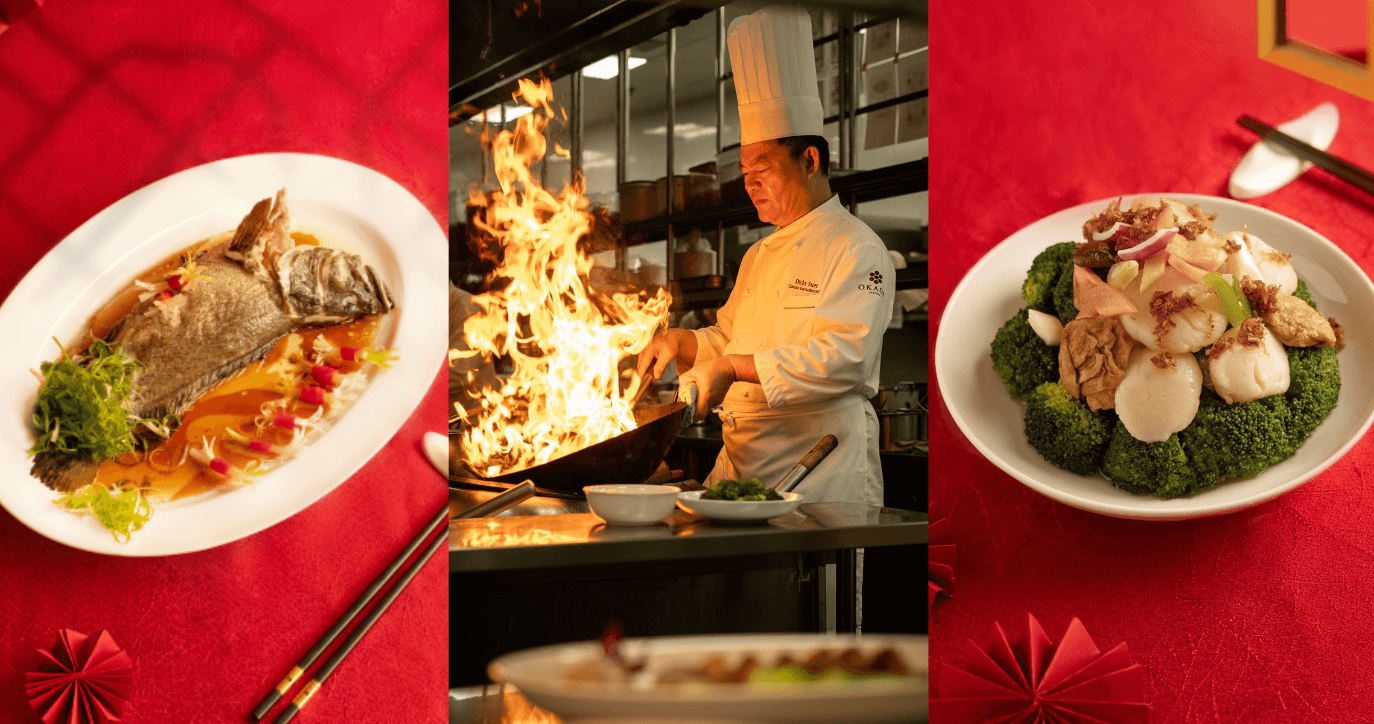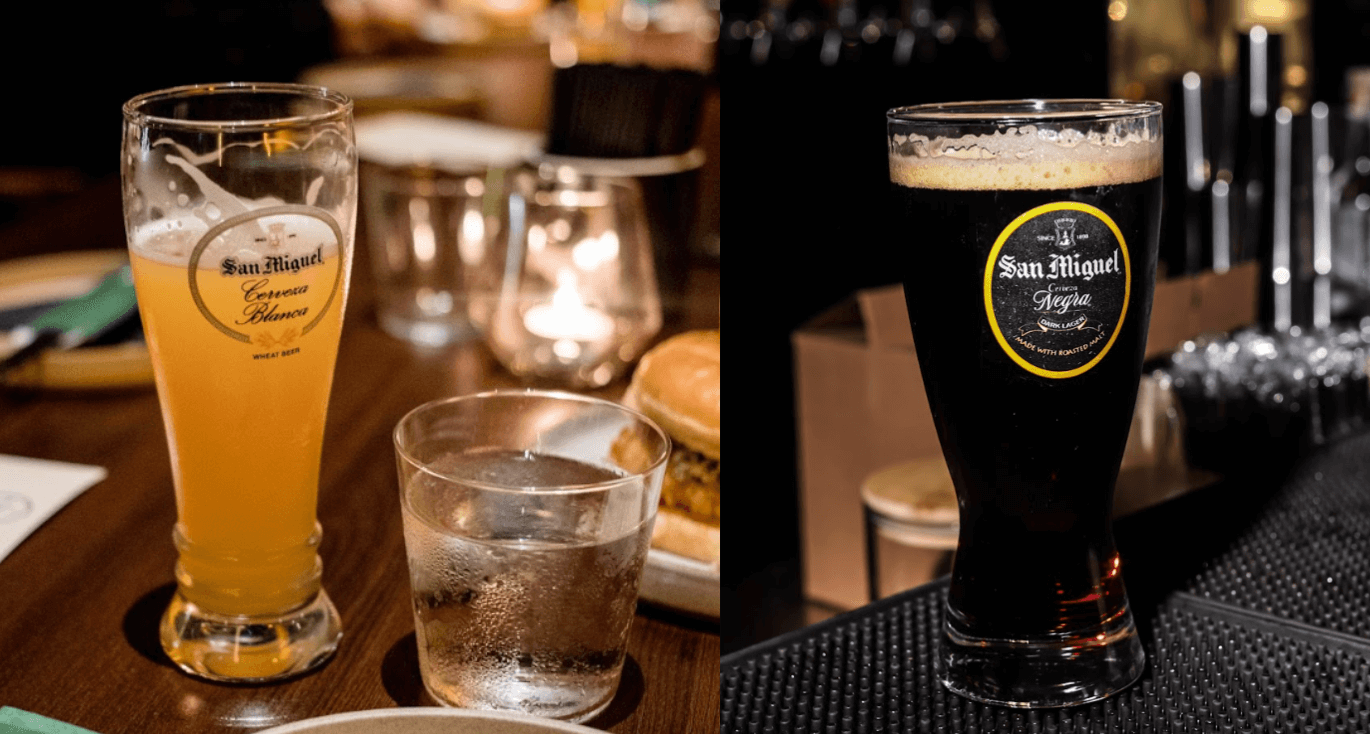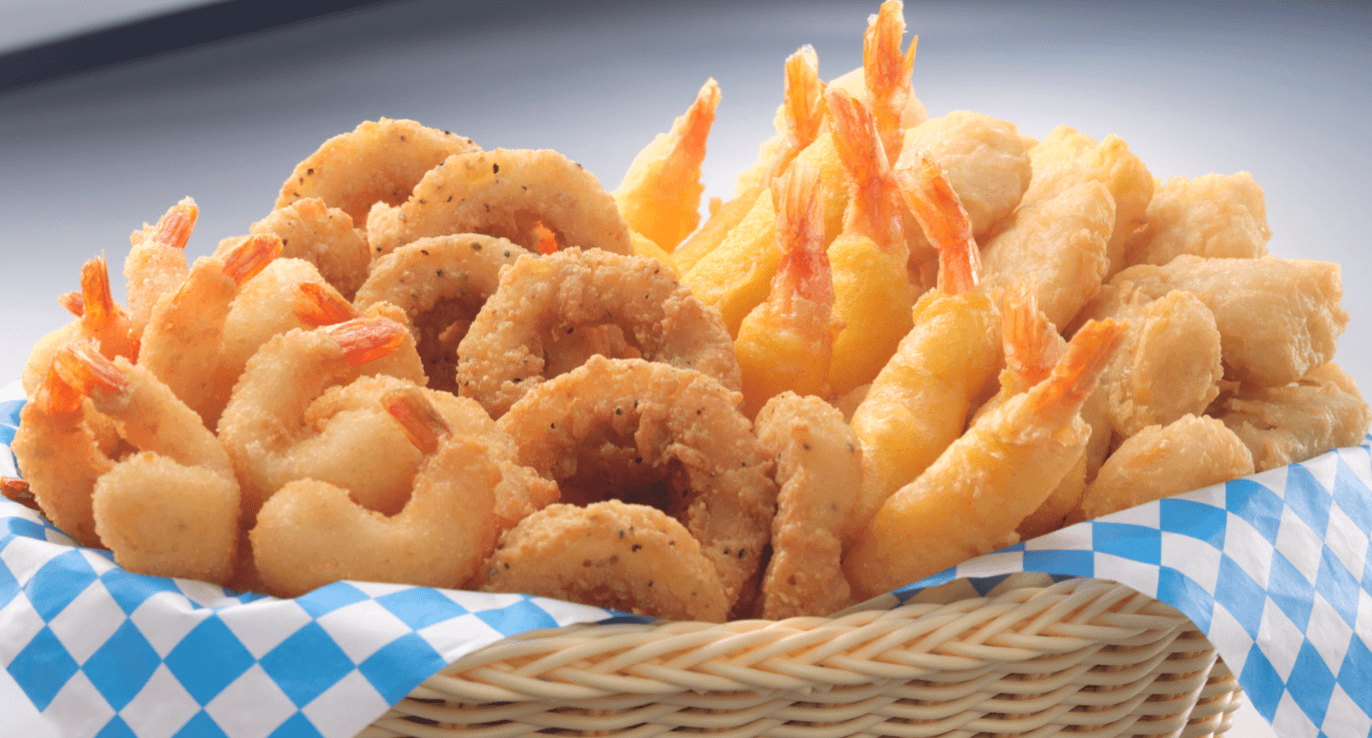First of two parts
EAST meets West was the theme of Madrid Fusion Manila 2016, inspired by the galleon trade between Acapulco and Manila from 1565 to 1815. That Spanish-era commerce led to an exchange of ingredients and techniques, as well as ways of eating that have become part of the culinary cultures of Mexico and the Philippines.
The historical angle and documentary proof provided by Antonio Sanchez de Mora, archivist of the Archivo General de Indias in Seville, Spain, set the tone for the gastronomic congress.
Each of the chefs used that theme to introduce an ingredient or technique.
Here’s a summary of each talk, based on the schedule from first to last speaker.
Celebratory food
When Mexican chef Enrique Olvera said there is no such thing as a national cuisine—only regional —we were awe-inspired. While the Philippines gives importance to all things national (flower, dance etc.), we fail to see how Filipino cuisine is so diverse, encompassing a variety of tastes and cooking styles.
While Olvera knows the authentic recipes of his country, he innovates to make them contemporary, such as a mole that he says doesn’t contain a single mole ingredient.
Most impressive was his demo on tamal dorado—the tamal a celebratory food that he gives for free at his restaurant, Pujol, just as cakes are given to Filipinos celebrating their birthdays in a dining establishment.
He offered a tasting of the golden glazed tamal with a guava sorbet —traditional yet updated Mexican fare.
Nutrition expert
Nurdin Topham was billed as a nutrition expert; his Hong Kong restaurant, Nur, is known for incorporating healthy ideas with fine-dining techniques, living up to the name’s Arabic meaning: “light.”
He emphasized that the role of a chef is to develop relationships with growers, create nutritious food, support sustainable food chains and educate guests where our food comes from.
While demonstrating his fish dish, he noted that the yellow fin tuna came from Oriental Mindoro and some produce came from the Malipayon Farm in Cavite.
Different ‘adobo’
A Filipino-American, Leah Cohen—whose New York restaurant, Pig & Khao, was voted best in Asian by survey site Zagat—whipped up three dishes—lechon of pork belly, quail adobo, and paella, which was really bringhe because the rice (1/3 sticky and 2/3 fragrant) was cooked with coconut milk and luyang dilaw (turmeric, although it is called Valenciana in other parts of the country).
It was the adobo that surprised us, because Cohen fried the quail egg first before coating it with starch and lye water, then made an adobo sauce without the braising method.
Astounding
Joan Roca is one of three brothers (the other two are Josep and Jordi) who cook at the El Cellar de Can Roca in Girona, Spain—a top-rated restaurant in many dining lists.
Arriving the day before the event and going to market early that morning, Roca astounded with a dish he said was Philippine-made, using the pulp of cocoa poached with prawns in a sauce that had star apple, chico, coconut milk and chili.
He is also aware of nearly extinct sheep from his part of Spain; he helps draw attention to the breed by creating milk dishes where the uneven plates used create the sound of sheep bells when the spoon is run through the surface.
New techniques
Jung Sik Yim is a young Korean chef who doesn’t stray from the traditional food of his country but employs new techniques. His talk centered on the seaweed ingredient he called gim, which turned out to be the nori we know.
He prepared what we previously had the good fortune of sampling when he cooked with chef William Mahi at The Tasting Room in City of Dreams Manila—kimbugak which had nori cones topped with beef. He had a version of the bibimbap with gim puree with kimchi and lots of sea urchin.
Mixing flavors
Jordi Butrón couldn’t shed off his teacher demeanor, using a white board to note down his ideas. His Espaisucre school and restaurant in Barcelona has developed what he calls “sweet cuisine,” mixing sweet and savory flavors into one dish.
In one of his demos, he steamed instead of baking a cake—a procedure he said he didn’t like before, but now prefers. We thought it was like our puto. He uses all senses when conceptualizing a dish such as tobacco and cognac combined to form a man’s dessert.
Taste, he said, is paramount, followed by technique, then the final place of the dish on the plate. He noted that, based on studies, a right-handed person starts eating from the right side.
Another notable thing he said is that one should be able to reproduce a concept 10,000 times.
Adapted dishes
Amy Besa and Romy Dorotan represented the West because their restaurant started in New York (Cendrillon) and is now in Brooklyn (Purple Yam). They also opened Purple Yam in Malate in the ancestral home of Besa, who scours the country for ingredients and techniques, as well as encouraging young chefs to master local cuisine and teaching home cooks healthy, reasonably priced meals.
The Dorotan couple discussed adapted dishes such as tamales from the tamal of Mexico, using ube (purple yam) topped with tocino, shreds of yacon, mango, singkamas (jicama) and siniguelas (Spanish plum).
Romy also made siniguelas ice cream, which he said also has a champoy (Chinese dried salted plum) version.
Mallorcan culture
Fernando Perez Arellano, who loves bread because his grandparents owned a bakery, now cooks in Mallorca in his restaurant Zaranda, where he incorporates his surroundings and their history into his dishes. He paid tribute to the Phoenicians who contributed olive oil, cereals and wine to Mallorcan culture.
One dish had a tasting of Mediterranean placed on Arab tiles. Arellano also showcased the eel—smoking, frying and cooking it in olive oil. He likewise made an almond dish to show how the nut changes in in color and texture through four seasons.














































